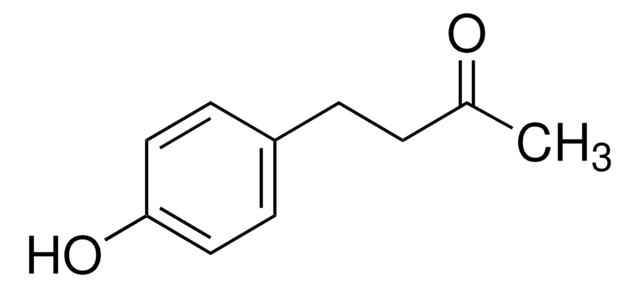203580
Lead(II) nitrate
99.999% trace metals basis
Synonym(s):
Lead dinitrate
About This Item
solid
Recommended Products
Quality Level
Assay
99.999% trace metals basis
form
crystals and lumps
solid
impurities
≤15.0 ppm Trace Metal Analysis
mp
470 °C (dec.) (lit.)
SMILES string
[PbH2++].[O-][N+]([O-])=O.[O-][N+]([O-])=O
InChI
1S/2NO3.Pb/c2*2-1(3)4;/q2*-1;+2
InChI key
RLJMLMKIBZAXJO-UHFFFAOYSA-N
Looking for similar products? Visit Product Comparison Guide
Application
Signal Word
Danger
Hazard Statements
Precautionary Statements
Hazard Classifications
Acute Tox. 4 Inhalation - Acute Tox. 4 Oral - Aquatic Acute 1 - Aquatic Chronic 1 - Carc. 2 - Eye Dam. 1 - Repr. 1A - Skin Sens. 1B - STOT RE 1
Target Organs
Blood,Central nervous system,Immune system,Kidney
Storage Class Code
5.1B - Oxidizing hazardous materials
WGK
WGK 3
Flash Point(F)
Not applicable
Flash Point(C)
Not applicable
Personal Protective Equipment
Choose from one of the most recent versions:
Already Own This Product?
Find documentation for the products that you have recently purchased in the Document Library.
Customers Also Viewed
Our team of scientists has experience in all areas of research including Life Science, Material Science, Chemical Synthesis, Chromatography, Analytical and many others.
Contact Technical Service












